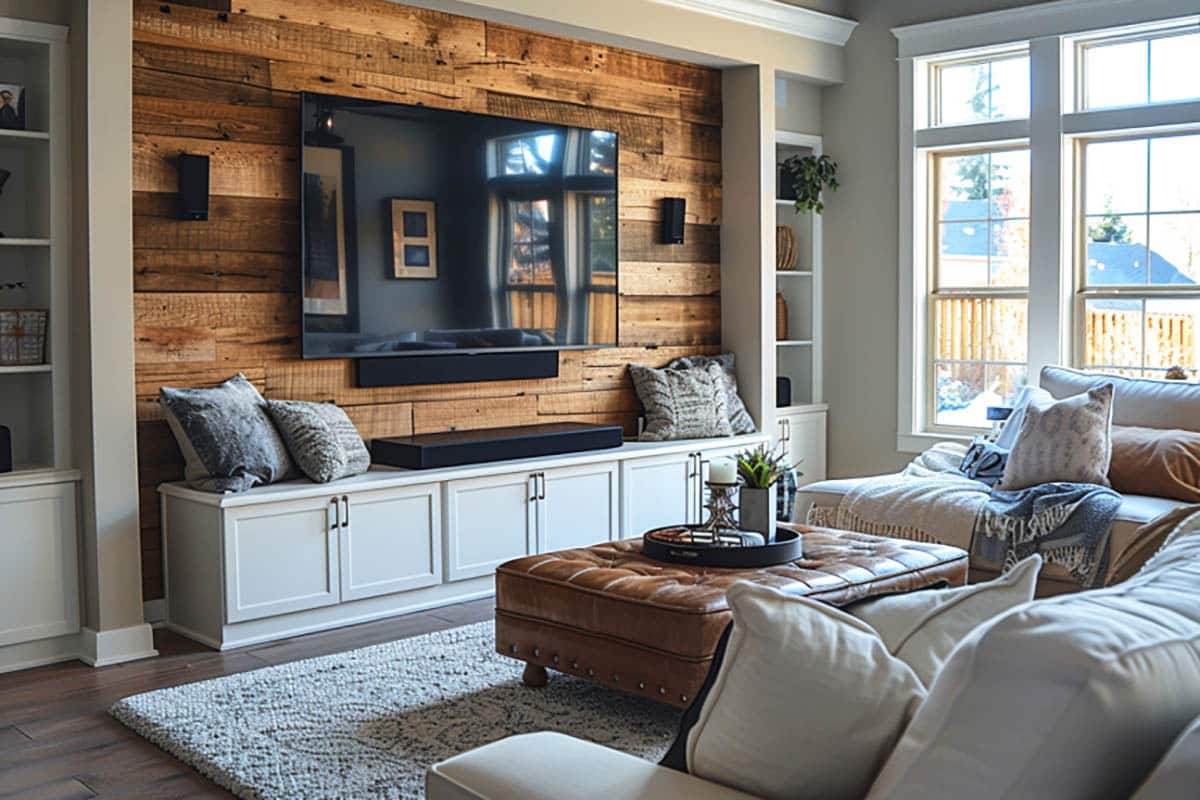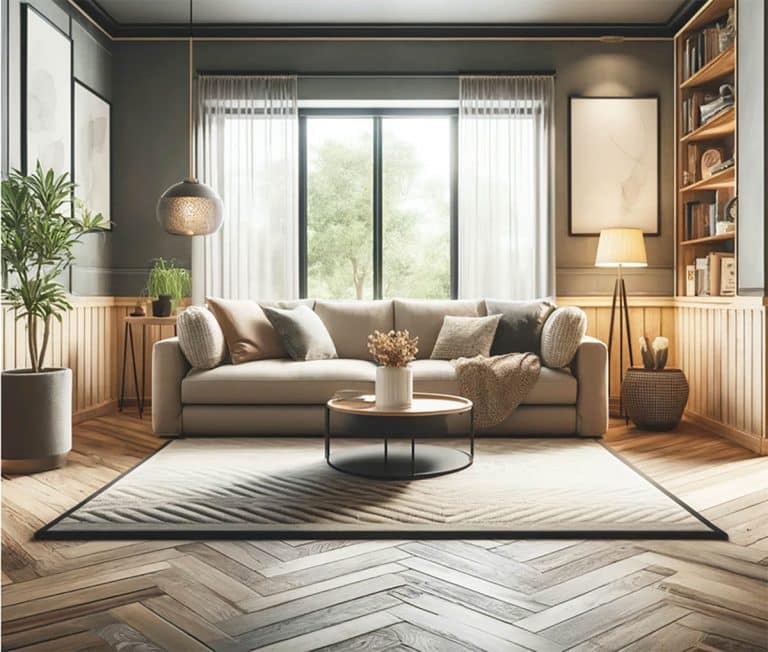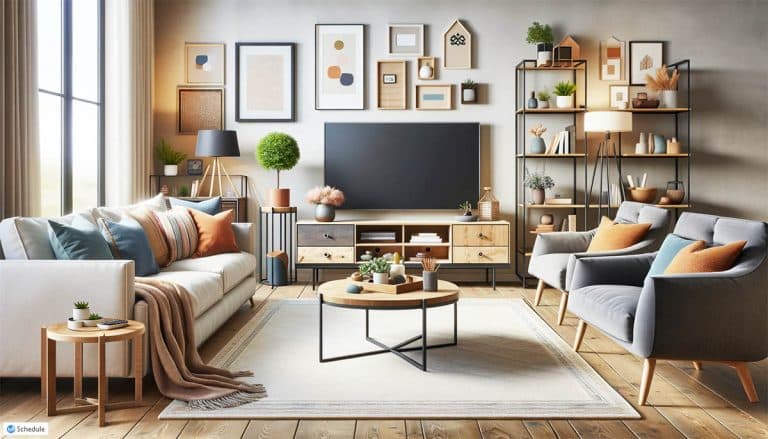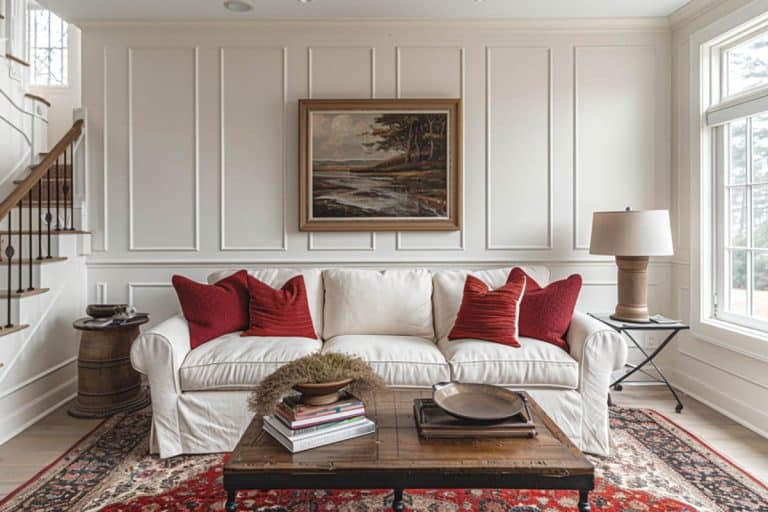Home Theater Viewing Distance Calculator
Welcome to the home theater viewing distance calculator! This handy tool recommends the ideal distance to position your seats from your beloved big-screen TV. Why does viewing distance matter? Sit too close and you’ll get eye strain trying to take everything in. Sit too far and you’ll be squinting to see the action. Our calculator finds the viewing sweet spot for the ultimate immersive experience.
Home Theater Viewing Distance Calculator
How the Screen Viewing Range Calculator
Getting started is simple. First, enter your screen size in inches diagonally. Next, choose your TV’s resolution – 1080p, 4K or 8K. The higher the resolution, the closer you can sit! Then select your screen’s shape – standard 16:9, ultra-wide 21:9 or movie theater-style 2.35:1. Lastly, pick your display type – LED/LCD, OLED or projector. Then let the calculator work its magic!
It will return three suggested viewing distances: optimal, minimum and maximum. The optimal distance is the viewing sweet spot for your setup. The minimum and maximum distances define the range where you’ll still get a solid experience. You’ll also see these distances shown visually on a diagram.
What affects the results? Higher resolution screens allow you to sit closer. Wider aspect ratios like 21:9 reduce distances slightly. OLED screens permit closer viewing thanks to their stellar picture. And projectors may need a bit more space. In the end, trust your eyes – if the image looks great, you’re sitting at the right spot!
Now relax and enjoy the show – your home theater viewing distance is dialed in! Moving your seating closer or farther? Just plug your new details into our calculator to optimize your entertainment center.

Tips for The Best Movie Room Viewing Experience
Settling into your home theater setup to watch a great movie or TV show is exciting. But without an optimal viewing distance from the screen, all the advanced technology in the world won’t maximize your viewing pleasure. Whether your magnificent display is a giant projector screen or flat panel television, follow these simple room layout guidelines.
First, consider the screen resolution. Standard HD 1080p screens look best from 1.5 to 2.5 times the diagonal. For extra vivid 4K resolution, you can sit a bit closer, one to one and a half times the diagonal width. And for the best 8K cinematic experience, sit even closer – three quarters to one times the screen size.
The SMPTE or Society of Motion Picture and Television Engineers recommends a 30-degree viewing angle, this is about 1.2 to 1.6 times the screen’s diagonal width. THX recommends a viewing angle of 40 degrees, which is about a distance of 1.2 times the screen width for a 16:9 display.
A general rule of thumb for comfortable viewing is to sit about two to three times the height of the screen. Then, adjust for the type of content and your preferences. Immerse yourself in the action for movies and sports by sitting near the closest recommended distance. For more relaxed TV viewing, position seating towards the further end of the range.
Wherever you place your theater seating, avoid extreme angles more than 35 degrees off center. This causes image distortion and discomfort. Also, ensure walkways don’t obstruct the screens and projected light paths.
Consider lighting and room reflections too. Your seats should allow ideal viewing without unwanted glare. Eye level is everything as well. Position the center of your screen slightly below your natural eye level line when seated.
The colors you choose for the walls around your screen play a major role. Dark, neutral paints are best for absorbing light and enhancing contrast. Avoid bright whites or colors that bounce too much light around the room.
Deep charcoal grays, chocolaty browns, or rich navies immerse you in the viewing experience with cozy, cinematic appeal. Inky blacks offer the ultimate light absorption for serious home theater enthusiasts seeking top-notch visuals. Consider painting the entire room dark, or just doing an accent wall behind the screen to avoid feeling too closed in.
Matte or flat finishes minimize glare better than glossy paints. Cooler dark shades like slate blue can make your screen pop brighter. Always test paint samples under your theater lighting first before committing to the whole room.
Use these recommendations as a starting point only. Take the time to find your own visual sweet spot through testing and personal preferences. And enjoy your own world-class home entertainment experience! *Calculator is for entertainment purposes only, please double check all measurements.






